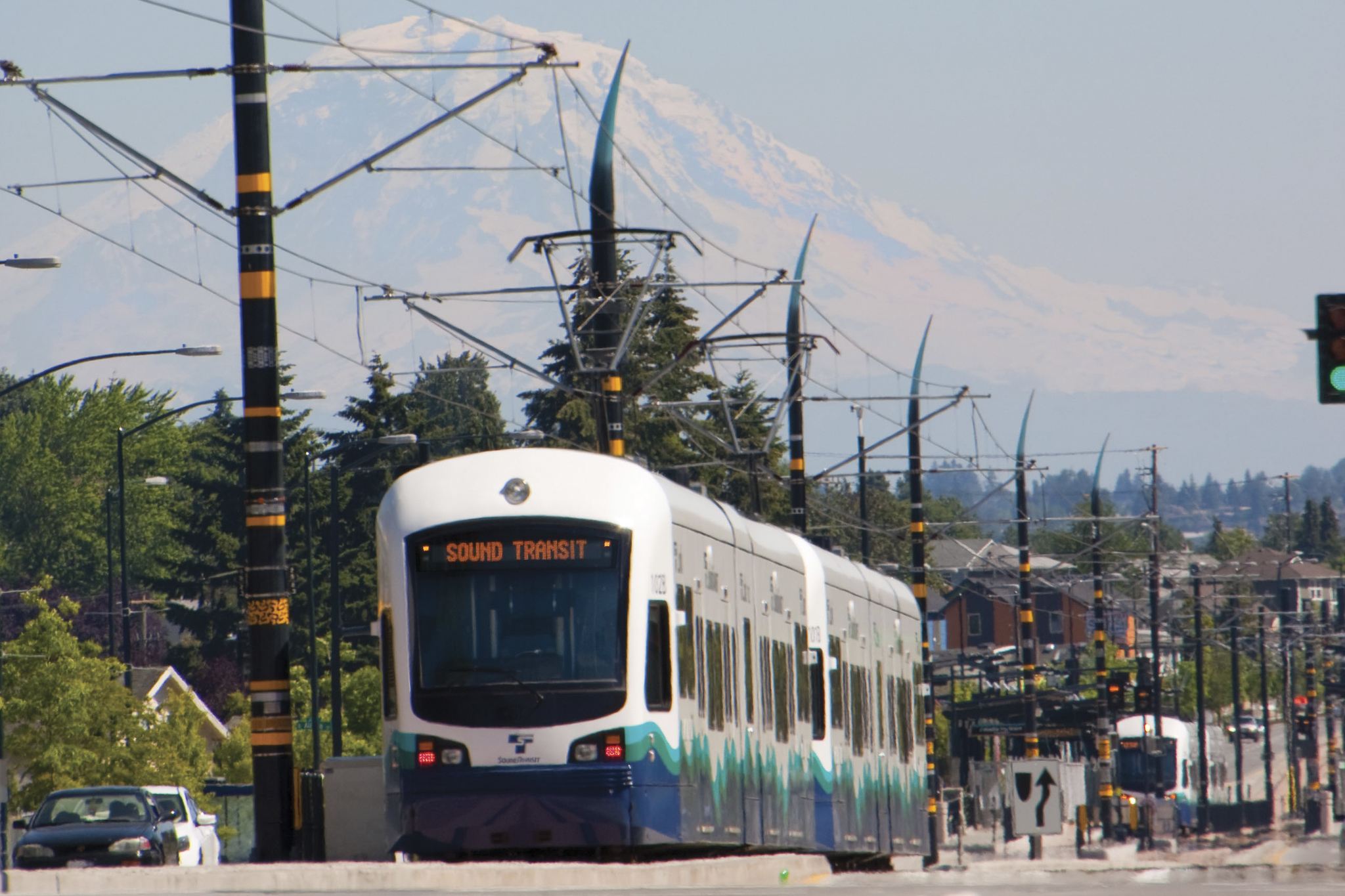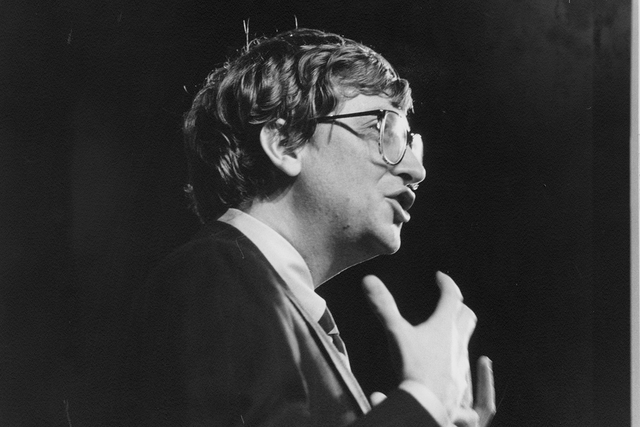Out on the desert sands (the sands of Eastern Washington, that is), a hard-fought petro-political intrigue is unfolding. On one side stands the Olympic Pipeline Co., largely owned by Texaco and ARCO, which wants to build a $105 million, 230-mile pipeline over the Cascades to pump gasoline, diesel, and jet fuel to Central and Western Washington. OPC and its hired green guns claim this will alleviate the spill and accident perils of barging fuel up the Columbia and trucking it over the mountains. On the other side is the “Cascade Columbia Alliance,” which includes environmentalists, depot and barge workers (who’ll be up a creek if cheaper pipeline competition sinks the barging business), and—as main backer—the Tidewater barging company. Pointing out that OPC’s existing pipeline along I-5 has leaked 44 times in 30 years, releasing nearly 500,000 gallons of diesel and other fuel, they argue that these things always leak and that it’s crackers to build one across a flood- and quake-prone region, crisscrossed with salmon streams.
On both sides, labor unions (more of them for the pipeline than against) and environmentalists (many more against it) step to the forefront. Often the pro- and anti-rhetoric is nearly indistinguishable. And sure enough, each side claims that a recent change in the state’s petro-geography two weeks ago only proves its case.
What happened was: Chevron, which operates one of the two pipelines connecting Eastern Washington with states to the east, announced it would reverse the line’s flow. Henceforth, it would stop pumping fuel to Pasco and start pumping from Pasco to Boise, to feed that fast-growing market. This led Cascade Columbia Alliance director Susan Martin to declare, “We suspected reversal of this pipeline all along, and now it’s confirmed.” The anti-pipeliners had indeed predicted that once the new pipeline from the west arrived, Chevron would reverse its pipeline—thus confirming their contention that the new pipeline is hardly needed to serve Eastern Washington, which already has the state’s lowest gas prices; rather, it would ship fuel to gas-guzzling markets as far east as the Midwest. Ergo, whether or not the pipeline reduces barge traffic on the Columbia, it will mean more tankers in the straits, bringing Alaskan crude to the refineries at Anacortes and Cherry Point. Chevron’s Walt Maguire insists its decision to pump Washington fuel to Idaho had “nothing to do” with the prospect of a new Cascade pipeline; supplies were already ample.
OPC spokesperson Joann Hamick argues that the switching of Chevron’s pipeline just means there’s more demand there for the fuel that Olympic’s pipeline would transport, and she reiterates that OPC merely wants to sell fuel from Western Washington in Eastern Washington.
Gov. Locke is to decide next year whether to OK Olympic’s pipeline or nix it as Gov. Spellman did a previously proposed (and definitely export-driven) crude-oil line across the Cascades. First the plan must work its way through environmental review. The anti-pipeliners argue that that review should start over, now that Chevron has transformed the state’s oilscape.
Whose tug gets Gored?
Meanwhile, back at the other end of the pipeline path—the Strait of Juan de Fuca tank route, along which the oil for Boise’s Broncos and Buicks would arrive. . . . No word at press time on whether the federal government will indeed bail out stymied efforts to establish a rescue tug at Neah Bay this winter, as a top US Transportation Department official recently hinted (“Dire Strait,” SW, 10/22). This week, five green groups petitioned Vice President Al Gore for more drastic action. They asked for an executive order requiring tug escorts and pushing the rescue-tug plan forward. Would the vice prez want to step so hard into an epic local regulatory battle? The timing’s right. The last time Gore was in Seattle—in September, to dedicate a new terminal which will mean more shipping—he promised action by the time the November storms arrive. He’ll be back Monday to give a last campaign boost to local Dems—including Sen. Patty Murray, a longtime advocate of tugs on the strait.
We’re all monopolists
The dumbest defense of Microsoft in the buzz is the argument that it’s no worse than its competitors—it’s just doing what they would if they could. Sure, but so what? Antitrust law (unlike most criminal law) isn’t there to stop some miscreant minority that won’t play by the rules. It’s to curb business’s natural monopolistic tendencies (tendencies Adam Smith knew so well), when they get a chance to run rampant.
The Stirbucks Grand Tour
The skeptics call it the height of hubris. Starbucks, the Mickey D’s of coffee, is preparing to invade Italy, the country that perfected the coffee-drinking art that Starbucks made into an industry. Coals to Newcastle? Try running numbers in Reno. What does the global purveyor of strawberry double skinny talls have to offer in a country where just plain “coffee” (or, rather, caffè) means what we call “a shot of espresso” here, and which you have to plead to get at some outlying espresso stands. (“You’re sure? Just espresso? Hey, Jason, look, this guy over here wants a shot with nothing in it!”)
OK, I admit, you don’t have that problem at Starbucks, where I’ll bet the training manual specifies how many grams of foam to spoon onto a caffè macchiato. And yes, Starbucks chief Howard Schultz did tell Michael Specter (in The New Yorker, 10/19) that Starbucks’ “quality and integrity” might “bring back a little of what has been lacking” in Italy. He was lamenting (as Seattle coffee snobs often do) the Italian practice of adding a few cheaper robusta beans to the grind, whereas tony local roasters only use proper arabica beans. True enough—but Italian coffee still tastes better, robusta and all.
Regardless, I think Starbucks really does have a, er, shot in Italy—for reasons that have nothing to do with quality, integrity, or even coffee, except in a negative way. It lies in the fact that most American “espresso” drinkers actually drink warm milk shakes rather than coffee. This rightly horrifies traditional Italian coffee drinkers. But adolescent tastes are the same worldwide—hard-wired into the hormones, it often seems. Look at how McDonald’s travels, from Taipei to Tozeur. And plenty of young Italians who don’t yet have a taste for coffee will like sweet, warm milk shakes, just as young folks do here. They’ll grow up, and bit by bit flavored “lattes” will displace caffè.
Look at Britain. While hundreds of US microbrewers were mimicking robust British ale styles, millions of young Brits took to drinking thin American-style lagers—even British-brewed Bud that tasted worse than the original. Just think of the five-minute universe to come: Anywhere in the world, you’ll be able to enjoy all the delights of an American shopping mall.







